Pinguicula L.
butterwort
Lentibulariaceae
Northern hemisphere, extending into South America
Many species, cultivated varieties and hybrids are grown for use as bog or pond plants.
not known
not weedy
carnivorous herbs that (minimally) require high levels of humidity, may be amphibiousamphibious:
(adj) of a plant able to live on land or in water
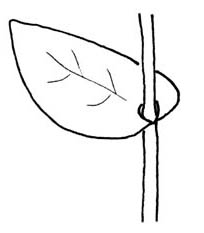 or tolerate short periods of shallow inundation
or tolerate short periods of shallow inundation
Small rosetterosette:
(n) a radiating cluster of leaves, usually close to the ground at the base of a plant
 ; Roots fibrous, relatively undeveloped. Leaves basalbasal:
; Roots fibrous, relatively undeveloped. Leaves basalbasal:
(adj) at or pertaining to the base, or point of attachment
 , green or pinkish; prostrateprostrate:
, green or pinkish; prostrateprostrate:
(adj) growing closely along the ground
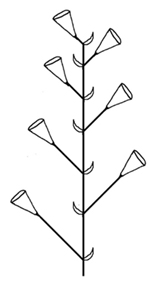 on substrate or obliquely erect; leaf bladeblade:
on substrate or obliquely erect; leaf bladeblade:
(n) (syn. lamina) the flat, expanded part of a leaf, frond, or petal (excluding, e.g., the petiole)
 obovateobovate:
obovateobovate:
(adj) ovate, with the narrow end at the base
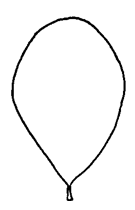 , spatulatespathulate:
, spatulatespathulate:
(adj) (or spatulate) spoon-shaped
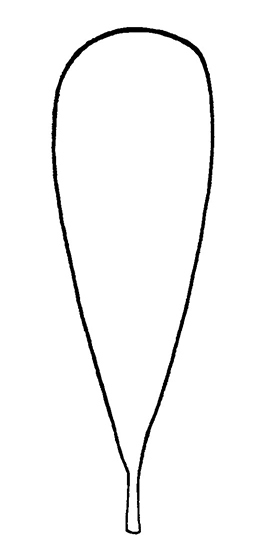 , or linear, fleshy; upper surface and occasionally both surfaces with 2 types of glands; pedunculatepedunculate:
, or linear, fleshy; upper surface and occasionally both surfaces with 2 types of glands; pedunculatepedunculate:
(adj) borne on or possessing a peduncle
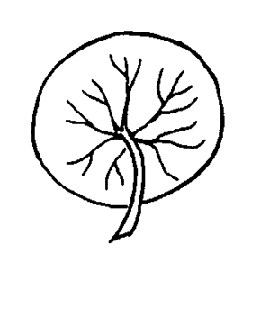 glands for entrapment, stalked, mucilagenous secretion at apexapex:
glands for entrapment, stalked, mucilagenous secretion at apexapex:
(n) the point farthest from the point of attachment; the tip (often pointed)
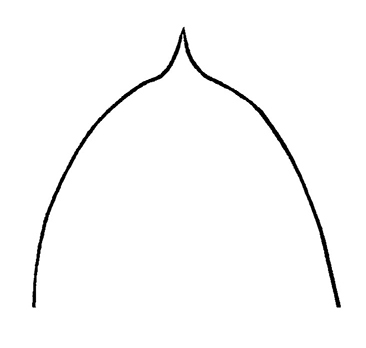 , droplets easily visible; sessilesessile:
, droplets easily visible; sessilesessile:
(adj) attached directly, without a stalk
 glands for digestion, flat on the leaf surface; margins entireentire:
glands for digestion, flat on the leaf surface; margins entireentire:
(adj) having a continuous margin that is not toothed or lobed
 , ± incurving around prey (flat if rosetterosette:
, ± incurving around prey (flat if rosetterosette:
(n) a radiating cluster of leaves, usually close to the ground at the base of a plant
 is submergedsubmerged:
is submergedsubmerged:
(adj) (syn. submersed) under water; submerged below the water surface
 ). Inflorescenceinflorescence:
). Inflorescenceinflorescence:
(n) the arrangement of flowers on the floral axis
 an axillaryaxillary:
an axillaryaxillary:
(adj) in, of, or produced from an axil
 , solitary flower, rarely a 2- or 3-flowered racemeraceme:
, solitary flower, rarely a 2- or 3-flowered racemeraceme:
(n) an indeterminate, unbranched inflorescence having pedicelled flowers on a usually elongated axis (may be cymose)
 ; scapescape:
; scapescape:
(n) a leafless flowering stalk arising from ground level in acaulescent plants
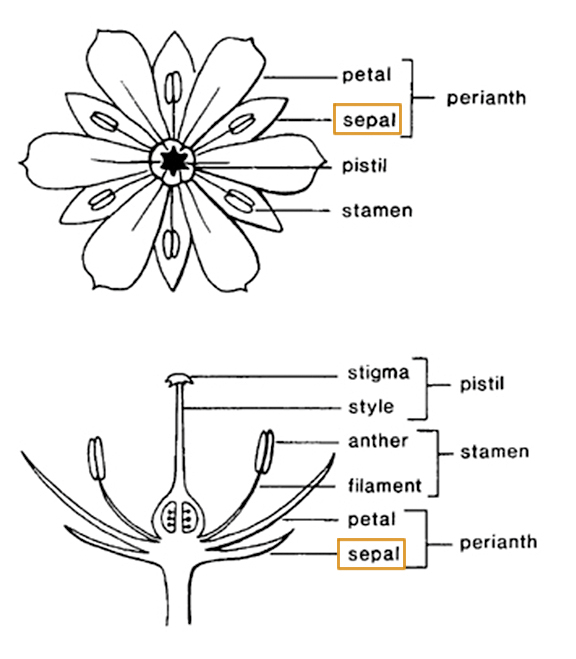 succulent, glandular; bracts absent. Flowers white, pink, purple, blue, yellow or a combination, rarely red; calyxcalyx:
succulent, glandular; bracts absent. Flowers white, pink, purple, blue, yellow or a combination, rarely red; calyxcalyx:
(n) the outer whorl of the perianth; all the sepals of a flower
 2-lipped, upper lip 3-lobed, lower lip 2- lobedlobed:
2-lipped, upper lip 3-lobed, lower lip 2- lobedlobed:
(adj) divided into (usually rounded) segments
 ; corollacorolla:
; corollacorolla:
(n) the inner whorl(s) of the perianth; all the petals of a flower
 spurred, 2-lipped, upper lip 2-lobed, lower lip 3-lobed, lobes often notched or incised, open at throat, palate hairy; stamens 2; ovaryovary:
spurred, 2-lipped, upper lip 2-lobed, lower lip 3-lobed, lobes often notched or incised, open at throat, palate hairy; stamens 2; ovaryovary:
(n) a hollow organ at the base of the carpel of a flower in which ovules are produced
 subspherical; stigmastigma:
subspherical; stigmastigma:
(n) the portion of the pistil that is receptive to pollen
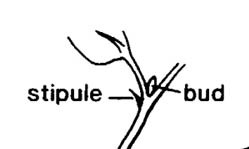 unequally 2-lobed.
unequally 2-lobed.
typically on moist to very wet, nutrient-poor, alkaline soils associated with bogs, shallow standing or running water in areas with a high groundwater table, high humidity or high precipitation
Most species in Pinguicula inhabit areas with high humidity; P. ionantha, P. lusitanica, P. planifolia, and P. primuliflora are known to be able to tolerate short periods of shallow inundation. It is a popular carnivorous plant genus among collectors. The genus is artificially divided into two main groups based on growth cycles, each of which is further subdivided based on morphological characteristics. The temperatetemperate:
(adj) of the climatic zone between boreal and tropical
 species lose roots and carnivorous leaves in winter and produce a hibernaculumhibernaculum:
species lose roots and carnivorous leaves in winter and produce a hibernaculumhibernaculum:
(n) a winter-resting bud of scale-like, non-carnivorous leaves seen in Pinguicula
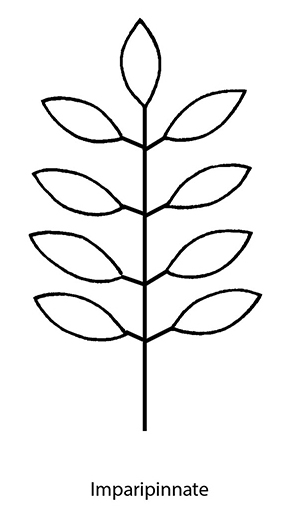 ; generative and vegetativevegetative:
; generative and vegetativevegetative:
(adj) (1) pertaining to or to the growth of plant organs or plant parts that have nonreproductive functions, such as leaves, roots, stems, etc.; (2) concering non sexual propagules such as tubers, turions, stem fragments, root crowns, rhizomes
 rosettes may either be similar (homophyllous type) or different (heterophyllousheterophyllous:
rosettes may either be similar (homophyllous type) or different (heterophyllousheterophyllous:
(adj) with dissimilar leaves on the same plant; often occurs on plants with both submersed and emersed leaves
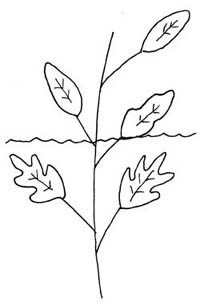 type). Tropical species continually produce leaves and do not undergo winter dormancy; they may form carnivorous leaves all year (homophyllous type) or form a compact winter rosetterosette:
type). Tropical species continually produce leaves and do not undergo winter dormancy; they may form carnivorous leaves all year (homophyllous type) or form a compact winter rosetterosette:
(n) a radiating cluster of leaves, usually close to the ground at the base of a plant
 of fleshy, non-carnivorous leaves (heterophyllousheterophyllous:
of fleshy, non-carnivorous leaves (heterophyllousheterophyllous:
(adj) with dissimilar leaves on the same plant; often occurs on plants with both submersed and emersed leaves
 type).
type).